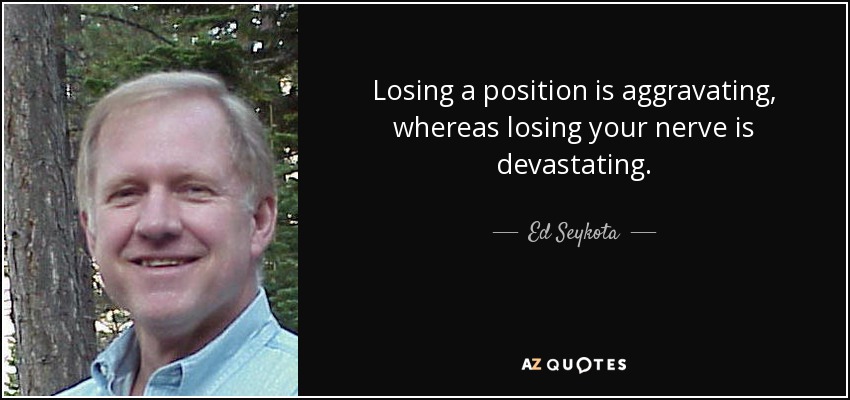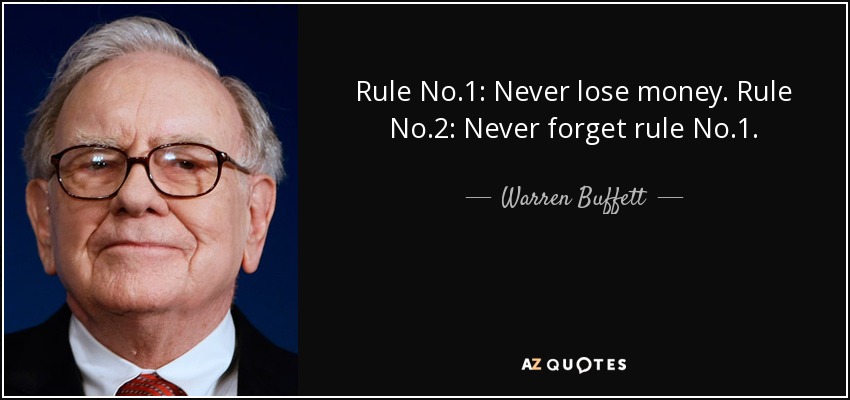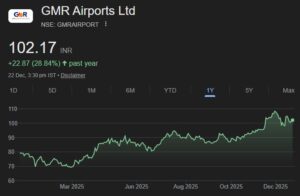
Novice investors like you and me are normally wary about doing day trading in stocks. We fear that we will suffer heavy losses and wipe out our already meager capital.
However, it is a fact that there are several investors who are also successful day traders. They are able to effortlessly straddle both worlds and make a fortune from both.
Billionaire Rakesh Jhunjhunwala, the Badshah of Dalal Street, is a shining example of this.
Atul Suri, an expert on technical analysis and Rakesh Jhunjhunwala’s right hand man, once stated in awe that Rakesh Jhunjhunwala appears to have “separate brains”, one devoted to fundamental investment and the other devoted to day trading. He is able to instinctively switch from one to the other. Atul Suri revealed little known secrets of Rakesh Jhunjhunwala’s trading patterns. He also emphasized that it is largely thanks to trading that Rakesh Jhunjhunwala was able to convert a paltry sum of Rs. 5,000 into a gigantic fortune of Rs. 6,500 crore.
In fact, Rakesh Jhunjhunwala himself explained the difference between investing and trading in his inimitable style. Trading is “Le Phataphat and De Phataphat” he said, evoking laughter amongst the distinguished audience.
Radhakishan Damani, also a Billionaire, is yet another example of a person who does long-term investment and short-term trading simultaneously.
One more example is that of Kalraj Dharmashi, the veteran trader-cum-investor. Kalpraj Dharamshi also made a fortune for himself by trading in stocks.
Fundamental investors can also gain immensely from reading books written by traders.
“Reminiscences of a Stock Operator” by Jesse Livermore is a shining example of this. The book is a treasure trove of knowledge of the various techniques that investors can use to find multibagger stocks.
“So You Want to be a Trader: How to Trade the Stock Market for the First Time” by Steve Burns and Holly Burns is in the same mould.
Steve Burns has been trading in stocks for the past 20 years. While he has made money from stocks, he has also lost an enormous fortune because of several mistakes that he committed while trading.
The mistakes taught Steve Burns an unforgettable lesson. He says he paid an exorbitant “tuition fee” and learnt “very educational lessons”.
Fortunately, those lessons are now imparted to us in the form of an e-book that is free to download.
Free on Kindle: My book: "So You Want to be a Trader" How to Trade the Stock Market https://t.co/OFpgEwwhSS for the next 24 Hours
— Steve Burns (@SJosephBurns) September 24, 2016
Essentially, the books tutors us on how we have to change our mindset to look at trading in stocks as any other business and approach it with proper planning and discipline.
Steve Burns quotes from Jesse Livermore’s classic quote: “The game of speculation is the most uniformly fascinating game in the world. But it is not a game for the stupid, the mentally lazy, the person of inferior emotional balance, or the get rich-quick adventurer. They will die poor.”
The book also analyzes the seven habits of highly successful traders such as Nicolas Darvas, Ed Seykota, Jesse Livermore and others and sets them out in a manner in which we can understand and follow.
The book also makes the surprising revelation that even the most successful traders suffer huge losses. In fact, many profitable traders only have 60% win rates, Steve Burns says. “It is the magnitude of their wins versus their losses, and their fortitude that make them profitable” he says.
“Half of the battle of successful trading is never giving up. Perseverance in trading is about learning, implementation, and dedication,” he adds.
There are many different ways to make money in the markets. The majority lose money because they don't look hard enough for the right way.
— Steve Burns (@SJosephBurns) September 24, 2016
The Chapter on “10 bad habits of unprofitable traders” rings a bell with us because we commit the same mistakes while investing in stocks for the long term.
“Taking small profits quickly and letting losing trades run in the hopes of a bounce back is a sure path to failure. Profitable traders understand their risk/reward ratio; big wins and small losses. Being quick to take profits while allowing losses to grow will blow up your trading account” Steve Burns says in words of wisdom that apply to investors as well.
Another valuable lesson that the book imparts is on the concept of “risk management”. It explains the difference between a “trader” and a “gambler” and sets out steps to ensure that our risk management technique ensures that we are “trading” in stocks and not “gambling” in them.
The book also tutors us on how to stay “emotionally calm” and control emotions like impulsiveness, impatience, anger, uncertainty, laziness, greed, fear, ego etc.
It is emphasized that profitable traders are rarely, if ever, emotionally stressed. Calm traders keep a level head and maximize opportunities when the market presents them. On the other hand, egomaniacs and gamblers are usually the ones that lose it all.
“Losing a position is aggravating, whereas losing your nerve is devastating,” is the immortal advice offered by Ed Seykota, the legendary trader.

The similarities between investment and trading is echoed in the fact that Steve Burns points out that “The #1 job of a trader is not to make money, but to protect what they already have so they can continue to grow their capital.”
This resonates with Warren Buffett’s golden quote: “Rule No.1: Never lose money. Rule No.2: Never forget rule No.1.”

At the end, Steve Burns cautions that trading is not easy money. It is a profession like any other that requires dedicated study, perseverance, and years to become proficient. He warns that we have to expect to work for free and pay tuition to the markets through losses until we learn to trade consistently and profitably.







How to download and read this book on windows desktop?
Download Kindle for PC from this link
https://www.amazon.com/gp/kindle/pc/download
Create a free account with Amazon and download the Kindle book to the PC
#nivezareview –
Picking better stocks out of the ocean of stocks we have is not a rocket science indeed. Secondary research can also give better picture of the sector or the stock any one tracking. Just look for progressive fundamentals of the stock and vision for the investment should be like investor and not the trader. Most of the ace investors like Mr. Rakesh Jhunjhunwala advice same strategy to hold the stock with long term vision.